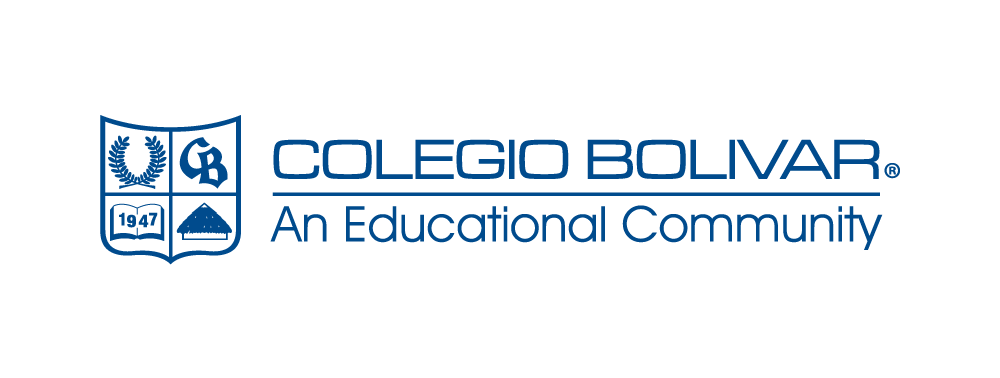Our seventh-grade students (Middle School) worked on an engineering design process in science class during the first quarter of the year under the guidance of teacher and engineer Carolina Martinez.



This class project began with an understanding of basic concepts and a comparison between the Scientific Method and the Engineering Design Process (EDP) to recognize their similarities and differences, as both are structured processes that allow students to develop critical thinking and problem-solving skills, but they have differences in their approach and objectives.
Both are systematic processes: both the scientific method and the engineering design process follow organized steps that guide students from identifying a problem to a conclusion or solution.




They also emphasize experimentation and evaluation. In both processes, data is collected, and results are evaluated, which encourages analytical thinking and the ability to make decisions based on evidence. They also foster collaboration and creativity: both methods benefit from cooperation and discussion of ideas, which stimulates creativity and innovation in students.
For our seventh graders, understanding the relationship between the scientific method and the engineering design process helps them apply scientific and technical skills in practical contexts. By developing structured and analytical thinking, students can approach both research and design projects with a coherent and effective methodology. This early understanding also allows them to see how various disciplines—mathematics, science, technology, and engineering (STEM) can be integrated to solve real-world problems.
Bridge Design as an Experience
An example of this was provided in class with the use of the simulator “The Bridge Designer,” which allows students to experiment with the engineering design process in a controlled context. By designing a virtual bridge, students applied knowledge of geometry, physics, and engineering principles, such as tension and compression, to build a bridge that would support loads within a given budget. This process included:
- Problem Identification: The goal was to build a bridge that met load and cost specifications.
- Research: Students explored different types of bridges and materials.
- Design and Testing: They created a model and simulated its behavior under virtual loads.
- Evaluation and Adjustments: They made changes to the design based on the results obtained until they obtained a functional and safe bridge.
Through this exercise, students not only faced technical challenges, but also learned to consider budget and resource constraints, which is essential in engineering design.
After doing the exercise with the simulator, the challenge went up a level and they had to move on to building a physical model of a bridge, which took learning to a tangible level. By following the steps of the engineering design process, students developed:



- Understanding of Scientific Principles: By applying concepts such as strength, stability, and resistance of materials, students connected theory with practice.
- Problem-solving skills: They also had to adjust their designs based on test results and make decisions to optimize their structure within resource constraints.
- Awareness of environmental and social impact: Considering the environment and people affected by the construction of a bridge helped students develop an ethical and sustainable perspective on design.
By doing this exercise, students gained a deeper appreciation for how engineers approach real-world challenges, balancing technical criteria with environmental and social considerations. Ultimately, these types of projects foster confidence in their abilities to tackle complex problems and seek innovative solutions, integrating scientific knowledge with creativity and ingenuity.
